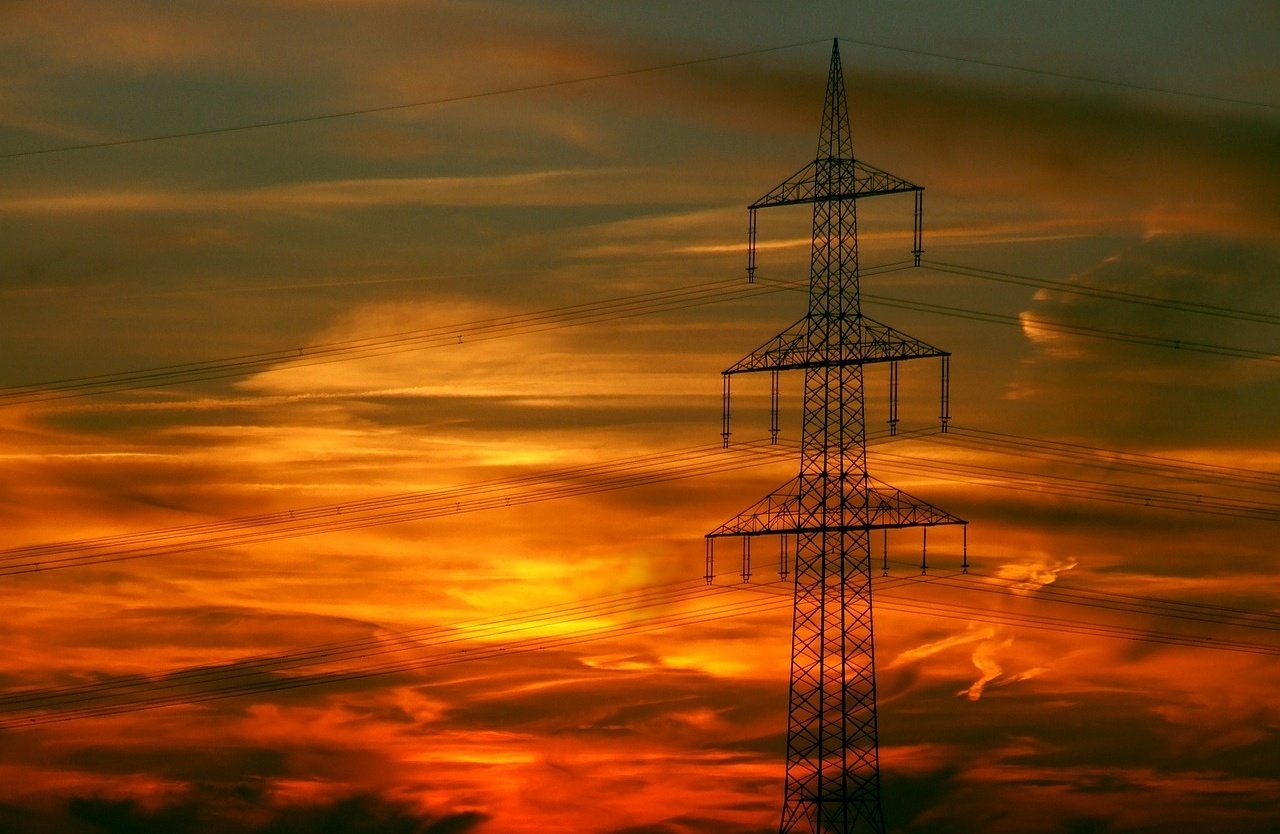Does your state have a renewable portfolio standard or an energy efficiency resource standard? Have your electric utilities had their revenue decoupled from volume of electricity sales? How do your state’s policies stack up with the rest of the country? Do you even know what these policies mean?
AEE now has everything you need to know about key state energy policies. It’s all on PowerPortal, your one-stop shop for high-value information on key energy sector participants, utility programs and energy data in each state. See this alongside other data already in the PowerPortal, including utility structures, schedules for key renewable energy and energy efficiency proceedings, time varying rates programs, and much, much more! PowerPortal is part of AEE’s PowerSuite. Sign up for a free trial here.
In the meantime, here are 10 tidbits on Renewable Portfolio Standards, Energy Efficiency Resource Standards and revenue decoupling to get you started!



